#Hybrids
Jeep's Green Wave Crashes Into Europe, Will Ripple Back to North America
Fiat Chrysler’s reputation as an automaker that scoffs at fuel economy mandates is slowly being chipped away. Never mind the much-loathed Fiat 500e; it was the Chrysler Pacifica Hybrid that really got the ball rolling, with eTorque-engined Ram 1500s upping the company’s green cred for 2019.
At this week’s Geneva Motor Show, the high-flying Jeep brand revealed the next salvo in its bid to lower corporate emissions while wooing eco-conscious (or heavily taxed) overseas buyers: Two crossovers, each bearing a plug-in hybrid drivetrain.
Toyota Prius C to Bite the Dust, Pass Torch
Toyota’s Prius C, introduced in North America in 2012, was a good idea that didn’t generate much consumer (or reviewer) acclaim. As an entry-level hybrid slotted below the Prius and wagony Prius V, the Prius C was no powerhorse. Its 1.5-liter four-cylinder/electric motor combo cranked out a combined 99 horsepower, a figure that still stands today. Journos found it lacking in both performance and ride quality.
Around these parts, I can’t recall the last Prius C I saw that wasn’t part of a Vrtucar fleet.
Well, kiss the Prius C goodbye, as it’s on its way to the automotive afterlife. Unlike other passenger car discontinuations, however, there’s a replacement waiting in the wings.
Goal Unlocked: Toyota's Non-Prius Delivers the MPGs
It’s Mileage Monday, apparently. In unveiling the upcoming Corolla Hybrid late last year, Toyota predicted the normal-looking alternative to its long-running Prius would deliver a combined rating of 50 mpg, once the EPA got around to testing it.
Not the hardest bar to clear, given that the 2020 Corolla Hybrid uses the same 121-horsepower hybrid powertrain as its stigma-soaked hatch sibling. Toyota stuck the jump with room to spare. There’s also good MPG news for those who hate hybrids but loath the current generation’s tepid four-banger.
Rare Rides: The 2015 Jaguar C-X75, as Seen in Spectre
Today’s Rare Ride is a fairly elaborate concept. A project that came a long way but was not to be, in a case of much ventured and little gained.
It’s the Jaguar C-X75, from 2015.
2018 Mitsubishi Outlander PHEV Review - The Waiting Was the Hardest Part
The idea was as obvious as it was brilliant. Take the hottest segment of motor vehicles on the market and stick an improbably high fuel economy figure on the window sticker. The hybrid revolution made the ungainly Prius a certified success — so why not a crossover? And why not add a plug to it, letting it run on battery power for a longer distance?
In 2013, Mitsubishi did just that, only overseas. Americans would have to wait.
Finally, the 2018 model year brought the Mitsubishi Outlander PHEV to stateside showrooms. Boasting around 22 miles of all-electric driving range, this plug-in hybrid crossover could meet many drivers’ commuting needs without using a drop of fuel. Was it worth the wait?
2020 Ford Explorer Again Appears in Cop Clothing
After rocking the same design with only minor alterations since 2011, Ford will soon debut an all-new Explorer. Arriving this year as a 2020 model, the model adopts the modular CD6 platform shared with Lincoln’s Aviator, making the new version of the venerable SUV rear-drive biased once again. New powerplants are also on the way.
Before we lay eyes on the new ute, however, Ford wants to show us, once again, the Explorer’s law enforcement brother: the Police Interceptor Utility, which the company first revealed under the cloak of darkness last June. We now have light. A wildly common sight on North American roads, the new version of the copped-up Explorer is all about nabbing bad guys … and saving departments money. The vehicle you see here arrives with a standard hybrid drivetrain.
Infiniti QX Inspiration: The First Time Ever I Saw Your Face
“I thought the sun rose in your eyes, and the moon and the stars were the gifts you gave … to the dark … and the endless skies, my love,” sang Roberta Flack in the heady and decadent early ’70s. Suffice it to say this writer didn’t feel the earth move in his hand upon gazing at the Infiniti QX Inspiration, not did his heart tremble like a captive bird.
The QX Inspiration, like the Q Inspiration concept of 2018, heralds Infiniti’s electric — or at least electrified — future, and it’s a future without a face.
QOTD: Best Wishes for Future Success?
It’s that special holiday time of year again. For a few short weeks, people go out of their way to be nice to others, and to wish one another the best in the upcoming new year. While the niceness still abounds, we want to know which car manufacturer receives your well-wishes for the future.
So Long, Synergy? Toyota Wants to Break From Its Hybrid Naming Tradition
Despite long, grinding years of adulthood, the word “synergy” still reminds this author of the character on the excruciatingly 1980s cartoon Jem and the Holograms, which his older sister would commandeer the TV set for on various mornings. To Toyota, the word is the centerpiece of Hybrid Synergy Drive — the name applied to its hybrid drivetrains since the dawn of the gas-electric era.
Times change and, just as hoop earrings are no longer rad, the word “hybrid” has evolved to mean any one of a confusingly long list of gas-electric propulsion systems. Studies show that a great many consumers are still mystified about hybrids.
Hybrid Synergy Drive needs a makeover.
2020 Toyota Corolla Hybrid - MPGs for the Common Man
Toyota followed its November debut of the twelfth-generation Corolla with a November debut of the twelfth-generation Corolla. This time around, we’re looking at the new Hybrid sedan — a model which seems like it probably should have gone on sale years ago, though we aren’t positive who the intended demographic would be. Prius owners?
While the Corolla Hybrid already exists in Toyota’s expanded universe, this is the first time the automaker has seen fit to bring the variant stateside. The hybrid system unites a 1.8-liter Atkinson-cycle internal combustion engine (2ZR-FXE) and two electric motors for a combined output of 121 horsepower. Those are rather tepid specs, but the automaker was likely much more concerned with achieving the model’s estimated 50 mpg average fuel economy than tuning the motor for the racetrack.
Consider it sort of a Diet Prius, if that helps.
V12 + Green: Plug-in Hybrids to Succeed Lamborghini's Aventador and Huracan
Lamborghini has talked a lot about electrification over the last few years, remaining careful never to commit to anything. While meager production rates seriously limit the environmental impact of its vehicles, the Italian automaker is nonetheless subject to the same pressure to go green as larger brands. Almost a decade ago, the brand vowed to reduce the carbon dioxide emissions of its vehicles by roughly one third while simultaneously covering the factory roof with solar panels. It later hinted it might implement widespread turbocharging, much like Ferrari, or go the electrification route.
The greenwashing trend continues today, likely encouraged by Lamborghini’s suddenly eco-conscious parent, Volkswagen. Facing an important crossroad, and surrounded by regulatory and environmental pressures, the company has chosen its path. While Lamborghini’s Stefano Domenicali still seems gently apprehensive, the CEO claims plug-in hybrids will be the best way forward for the brand.
Greenwashed: UK Plug-in Fleets Enjoy the Taxpayer Perks, Never Plug In
In Europe, diesel now holds a reputation as favorable as that of the dark lord of the underworld, while electric propulsion may as well have descended from Heaven. It wasn’t this way just a few years ago.
That said, in the UK, government incentives towards green vehicle purchases have, like the U.S., been ongoing since 2011. A recent study of corporate plug-in hybrid fleet vehicles purchased with the assistance of government grants reveals many buyers were just looking to dodge diesel taxes while bilking the taxpayer for a cheaper ride. Plugging in these plug-ins was not a priority.
Cadillac Loses Its Only Hybrid Model
As one hat joins the wardrobe, another leaves the closet for a trip to the goodwill store. Cadillac’s flagship CT6 appeared at dealers in early 2016 with a range of powerplants in tow, most notably a plug-in hybrid promising 31 miles of gas-free driving. Big, traditional, American luxury sedans needn’t be dinosaurs, Cadillac said of the lightweighted plug-in.
Well, an asteroid just fell on a new, green Detroit.
PHEV Is Fine: Mitsubishi Says It Knows What Green Buyers Want
While the brand name inspires more than a few snorts of derision and jokes in North America, Mitsubishi, now backed by the mighty Renault-Nissan Alliance, carries greater clout overseas. The automaker’s Outlander PHEV outsells all other plug-in hybrids in the UK, and global sales of the brand’s vehicles are on the upswing.
Being a part of the alliance means Mitsu will soon have its hands on new architecture, but the brand claims it isn’t about to go all snobby with a line of dedicated electric car models. Sure, there’ll be EVs in the future, but they won’t be standalone models. The automaker claims the technology it’s most known for — plug-in hybrid powertrains — remains the best bet for most consumers, and that’s why it plans to focus mainly on PHEV.
Also, you really won’t need an EV if you buy the next-generation Outlander PHEV, claims Mitsubishi strategy boss Vincent Cobee.
Hyundai, Kia Aiming for Solar Roofs Starting in 2019
Imagine a parked vehicle that slowly sucks dino juice from vast, underground deposits through its tires. That’s essentially what Hyundai Motor Group wants to do with its vehicles, the only difference being the energy source and the direction it’s coming from.
Despite being talked about for years, solar roofs on automobiles haven’t seen widespread adoption. Cost, practicality, and rollover safety concerns mean the largest user of the technology is the Japanese and European-market Toyota Prius Prime. Now, Hyundai wants to go solar in a big way, starting next year.
The automaker wants buyers to know that solar roofs aren’t useless for regular, gas-swilling vehicles, either.



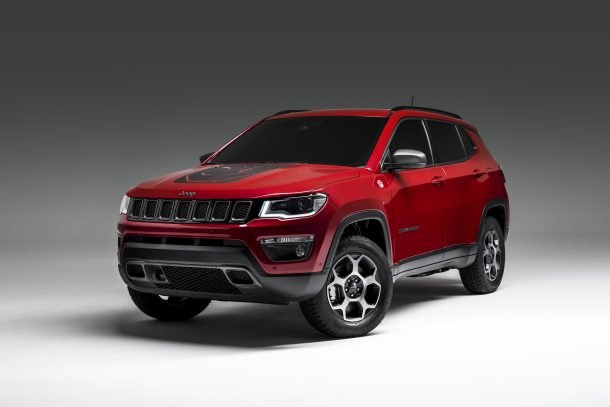

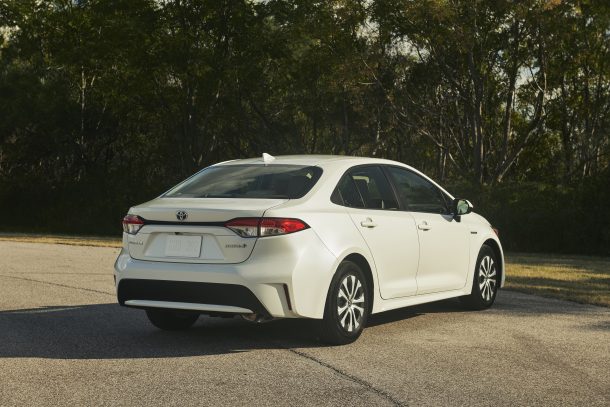
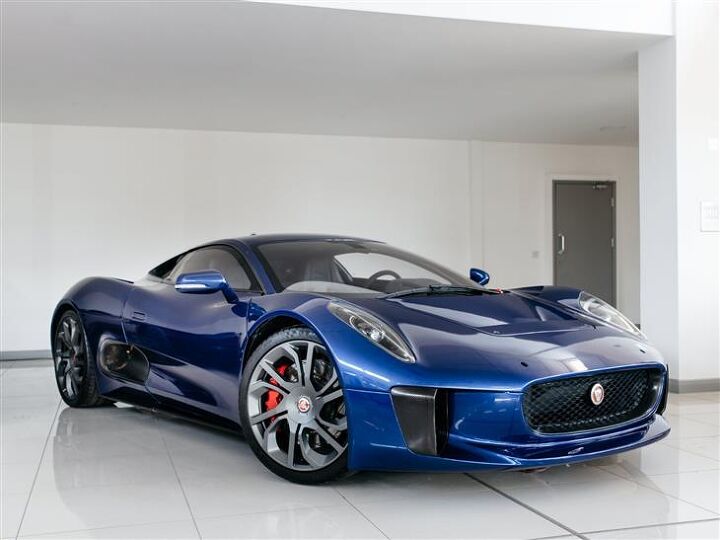

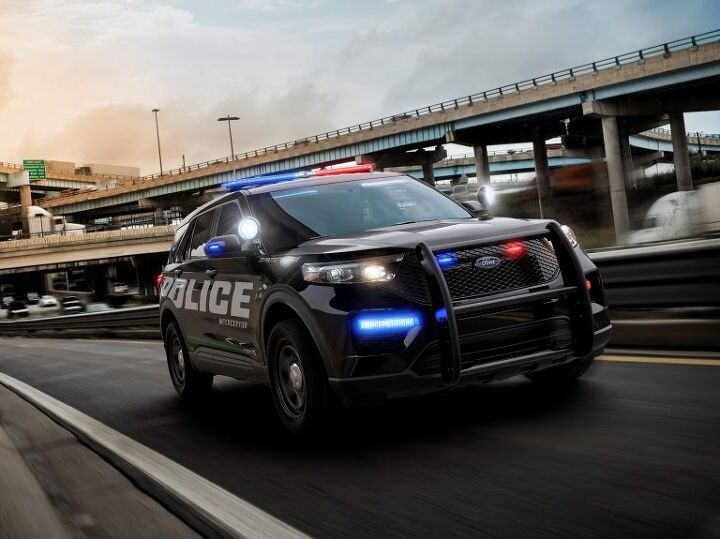

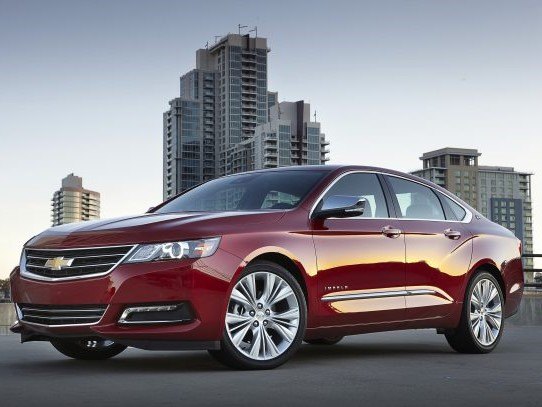

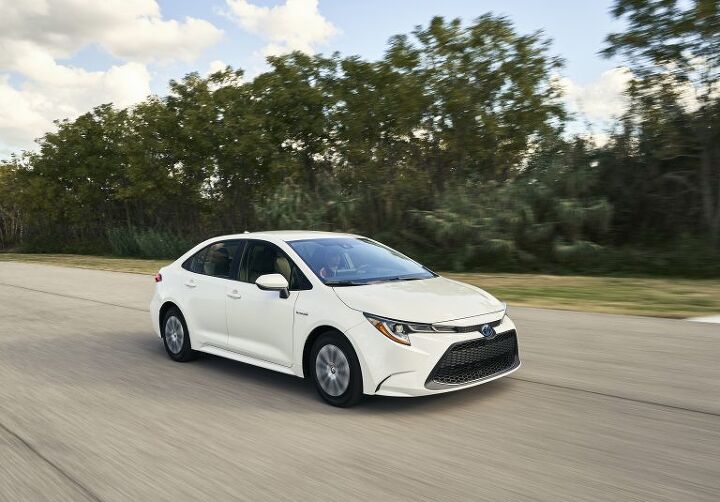

















Recent Comments